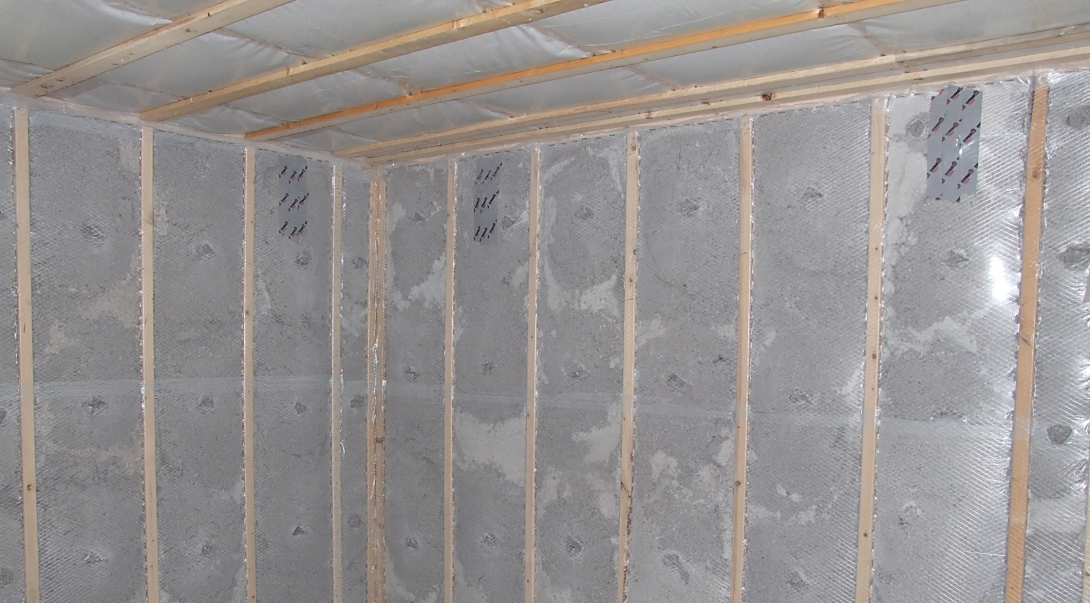
Insulation
Heat Flow
Heat flow is one of the primary issues that impacts the comfort and energy efficiency of buildings. Heat flow occurs through three mechanisms: conduction, convection, and radiation. Insulation addresses heat flow by trapping pockets of air and preventing heat from passing through a building’s walls, ceilings, and floors.
In a typical home, a large portion of all energy consumed is spent on heating and cooling. Air leakage and too little or improperly-installed insulation account for a large portion of this. A good thermal boundary, which includes insulation, windows, and doors, drastically reduces heat flow; this not only reduces energy waste, but increases comfort for home occupants.
When designing a thermal boundary, it’s essential to understand the three basic mechanisms of heat flow.
Conduction occurs when two surfaces at different temperatures are in direct contact. Heat naturally flows from the warmer material to the cooler until a balance is reached.
Convection refers to the transfer of heat though air movement. Warm air naturally rises within a space, while cooler air falls. These movements of warm and cold air are known as convection currents.
Radiation is heat energy that travels through space. Warm objects give off waves of heat, which can travel across an open space and be absorbed by cooler objects. The sun is our greatest source of radiant heat.